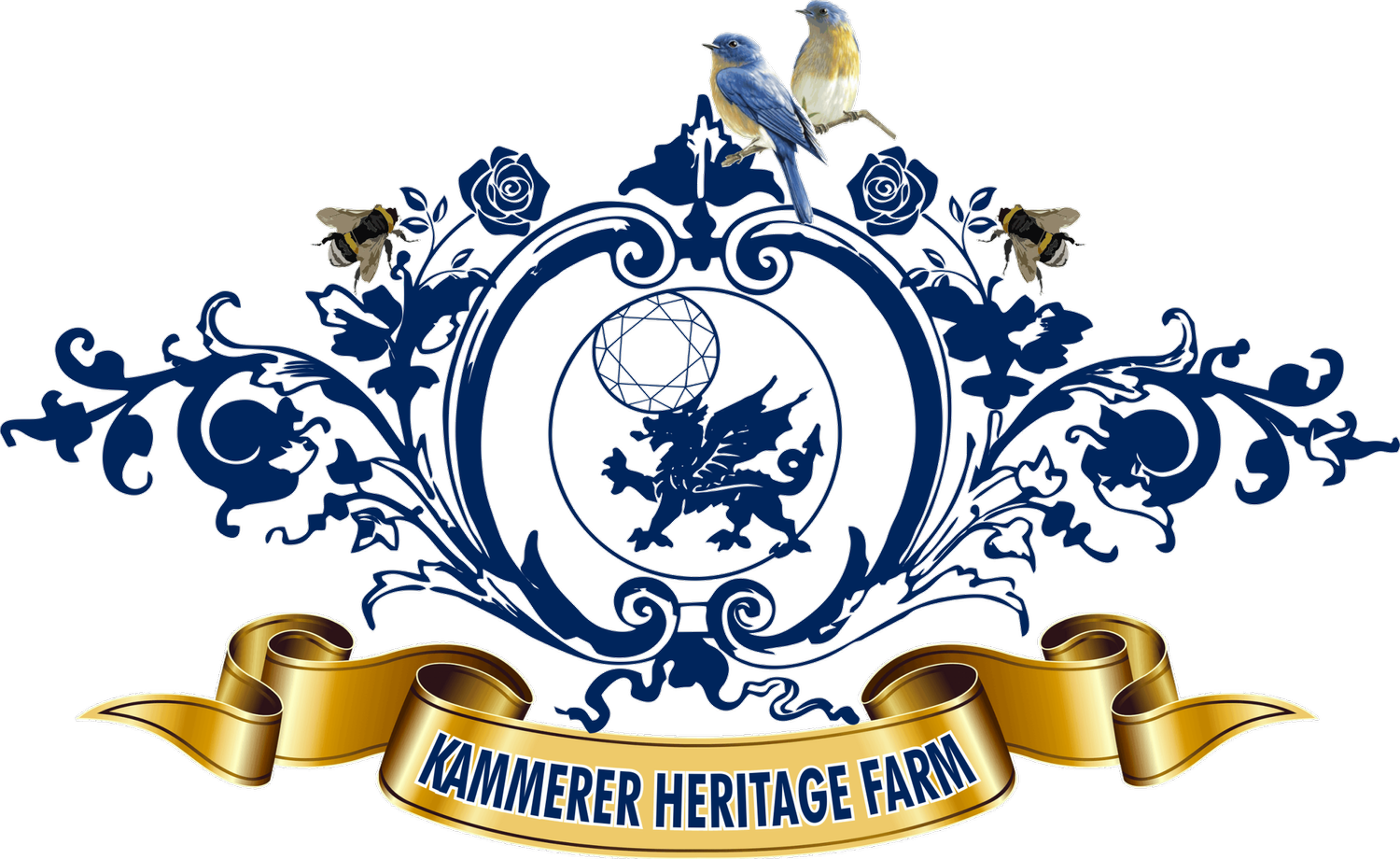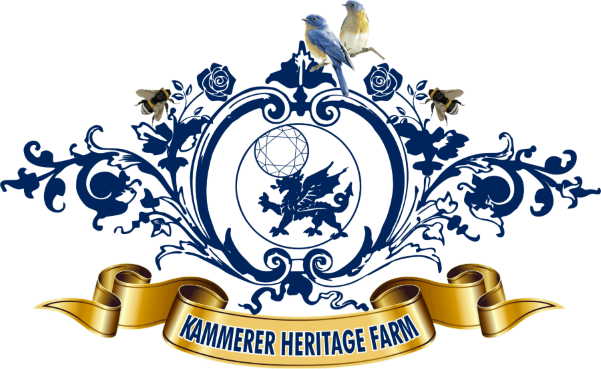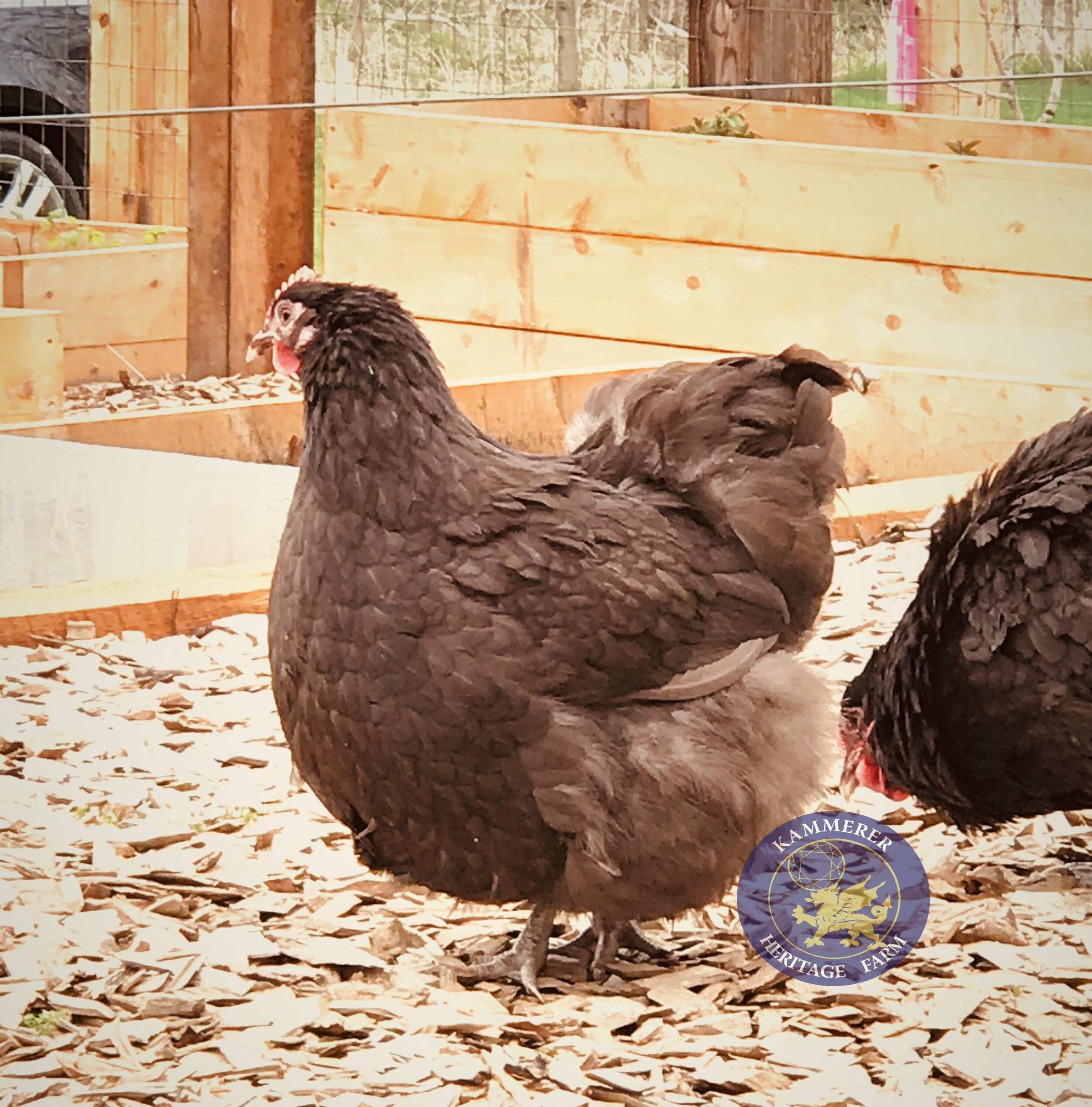 Image 1 of 4
Image 1 of 4

 Image 2 of 4
Image 2 of 4

 Image 3 of 4
Image 3 of 4

 Image 4 of 4
Image 4 of 4





Jubilee Orpington
Jubilee Orpingtons are top on my list and very rare in Canada and like all other Orpingtons, are gentle, and friendly birds and get along easily with other chickens. They are great with children, as pets, and other animals. They could even be considered a 'lap' chicken. The Jubilee Orpington is a favorite of Great Britain. The breed was introduced in 1897 by William Cook. He continued to expand the color varieties of the breed and the Jubilee and was the result of crossing Spangled Old English Games with Dorkings and then crossing the outcome with Buff Orpingtons. They were originally called Diamond Jubilee Orpingtons and was named to celebrate the Queen Victoria’s Birthday. Jubilee Orpingtons are prolific egg layers, and truly epitomize the heritage style farm chicken. Egg coloring is significantly lighter than most Orpingtons - a creamy colored tinted egg. Many Jubilee Orpington hens will go broody and hatch their own chicks. These are cold hardy, healthy and very sound chickens and one of my favourite Orpington Breeds.
The feather patterning of these birds is striking - the background is mostly a rich mahogany color that is punctuated with speckles of white and black, that shimmer to crimson and brilliant green. The patterning is very similar in effect to the Speckled Sussex, but the overall impression of the bird is completely different as the Orpington carriage and feather texture makes the jubilee pattern much more showy; this is probably why this variety is called 'jubilee' rather than simply 'speckled'!
It has only been imported in the U.S. within the past 10 years and is extremely rare and hard to find and even rarer in Canada. I am so proud to offer these exception showy birds to the poultry connoisseur.
Heritage:
English
Egg Colour: Pink/ Brown
Egg Count: 180-230 per year
Hens Body weight: 7 lbs
Rooster Body weight: 10.5 lbs
Temperament: Very Friendly
Hardiness: Docile, Quiet, and Affectionate, Canadian winter hardy
Genetics:
The feather pattern which makes the Jubilee, is a very complex colour, and maturing birds can take up to 18 months to be ‘finished’ so patients and time are a must. The shaft should be a dark mahogany with a clear black band, finished with a white tip, or ‘pearl’ at the end. It should have no smuttiness, leakage of the black into either the brown, or white.
Jubilee x Jubilee (two recessive genes double barring ) = 100% Jubilee
Jubilee Orpingtons are top on my list and very rare in Canada and like all other Orpingtons, are gentle, and friendly birds and get along easily with other chickens. They are great with children, as pets, and other animals. They could even be considered a 'lap' chicken. The Jubilee Orpington is a favorite of Great Britain. The breed was introduced in 1897 by William Cook. He continued to expand the color varieties of the breed and the Jubilee and was the result of crossing Spangled Old English Games with Dorkings and then crossing the outcome with Buff Orpingtons. They were originally called Diamond Jubilee Orpingtons and was named to celebrate the Queen Victoria’s Birthday. Jubilee Orpingtons are prolific egg layers, and truly epitomize the heritage style farm chicken. Egg coloring is significantly lighter than most Orpingtons - a creamy colored tinted egg. Many Jubilee Orpington hens will go broody and hatch their own chicks. These are cold hardy, healthy and very sound chickens and one of my favourite Orpington Breeds.
The feather patterning of these birds is striking - the background is mostly a rich mahogany color that is punctuated with speckles of white and black, that shimmer to crimson and brilliant green. The patterning is very similar in effect to the Speckled Sussex, but the overall impression of the bird is completely different as the Orpington carriage and feather texture makes the jubilee pattern much more showy; this is probably why this variety is called 'jubilee' rather than simply 'speckled'!
It has only been imported in the U.S. within the past 10 years and is extremely rare and hard to find and even rarer in Canada. I am so proud to offer these exception showy birds to the poultry connoisseur.
Heritage:
English
Egg Colour: Pink/ Brown
Egg Count: 180-230 per year
Hens Body weight: 7 lbs
Rooster Body weight: 10.5 lbs
Temperament: Very Friendly
Hardiness: Docile, Quiet, and Affectionate, Canadian winter hardy
Genetics:
The feather pattern which makes the Jubilee, is a very complex colour, and maturing birds can take up to 18 months to be ‘finished’ so patients and time are a must. The shaft should be a dark mahogany with a clear black band, finished with a white tip, or ‘pearl’ at the end. It should have no smuttiness, leakage of the black into either the brown, or white.
Jubilee x Jubilee (two recessive genes double barring ) = 100% Jubilee


























